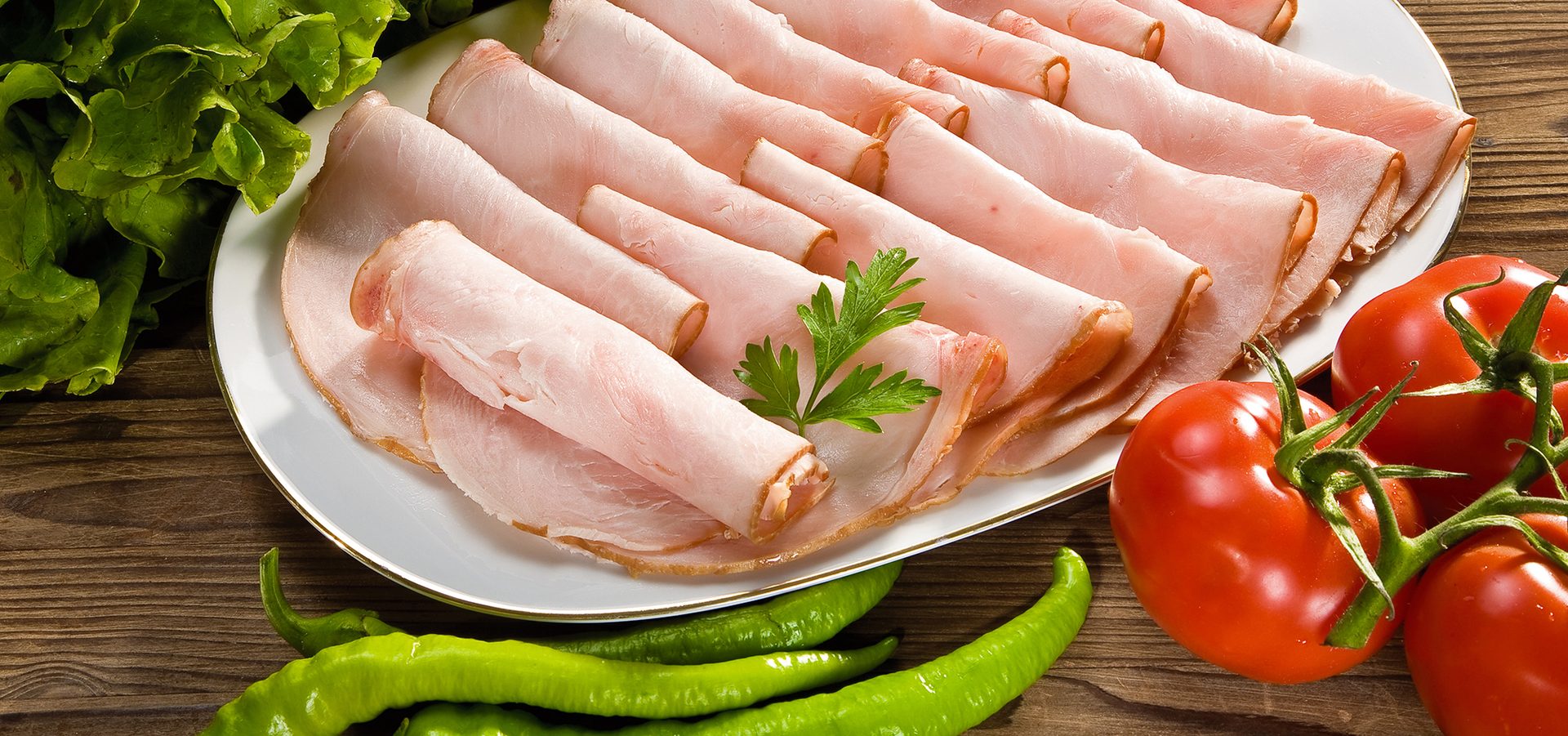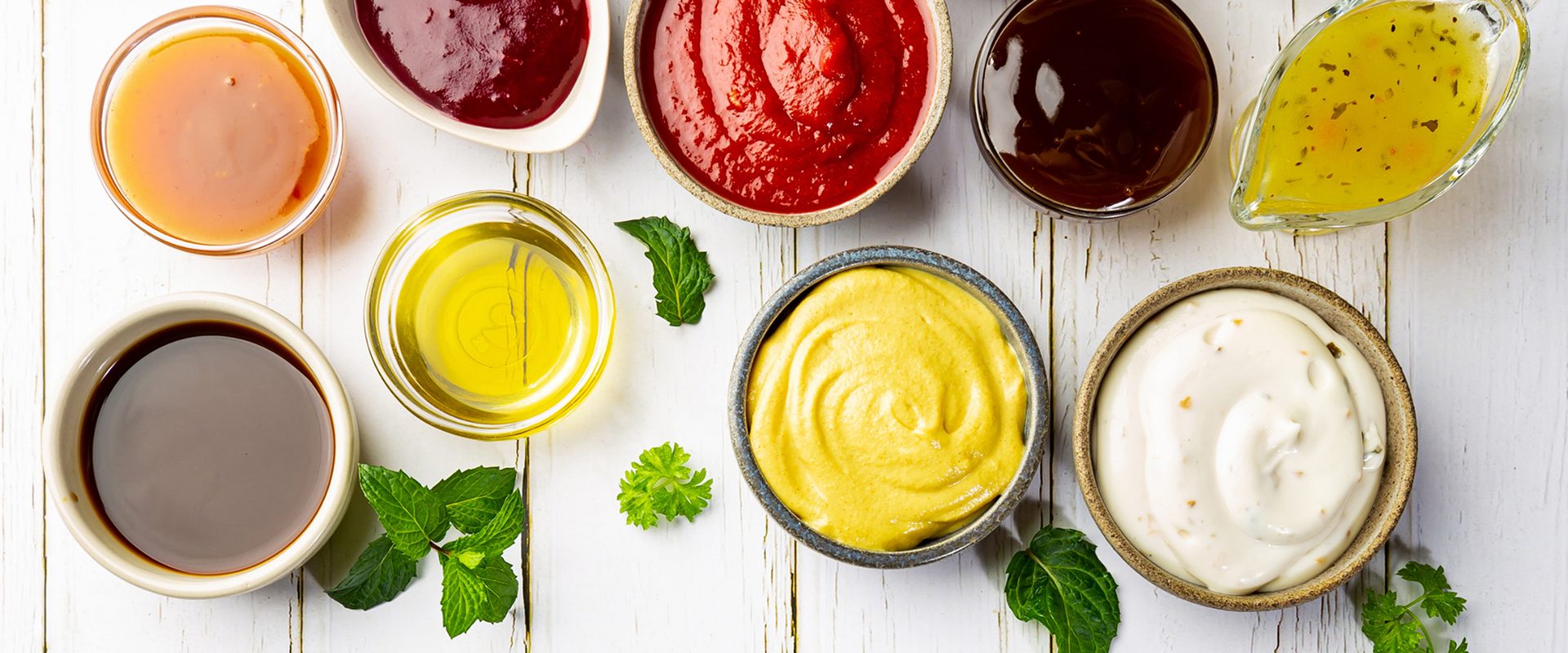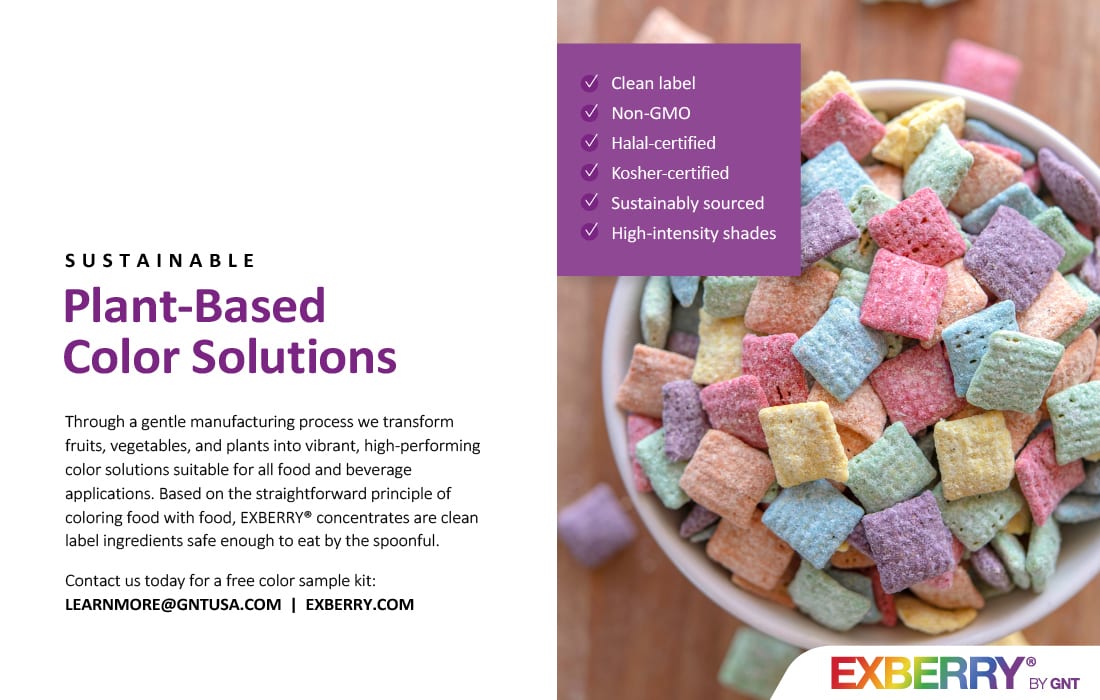Plant-Based Boosting & Masking - Part 3
Technologies
Botanicals can be powerful tools for boosting flavor and masking off-flavors.
Modifying Flavor with Biodiversity
Citrus Bright
Citrus fruits—ranging from lemon, lime, orange, and grapefruit to yuzu and ugli fruits—are in a category of their own, contributing bright flavors that can boost sweetness or modify piquancy in foods or beverages. The prominent acidity of citrus readily negates unappealing flavor notes and instills freshness and zest into a variety of recipes.
In seafood dishes such as ceviche, lime is an unmistakable carrier of the maritime briskness of seafood. The high acidity of the lime juice effectively “cooks” the fish and shellfish while both complementing the seafood’s natural flavors and masking overly “fishy” aromas and flavors.
New flavor boosters and maskers are taking a natural turn drawn from ancient culinary traditions. Video courtesy of Getty Images/Wavebreakmedia
By Kerry Hughes, MS, Contributing Editor

Employing spices for flavor, preservation, and health dovetails with the rising consumer interest in global cuisines. Photo courtesy of: Kalsec, Inc.
The juice and pulp are not the only useful flavor components of citrus. Citrus peel, known as its “zest,” brings its own zing to dishes. Citrus zest contains powerful essential oils that provide intense aroma and flavor. Orange zest can enhance the flavor of chocolate desserts, creating a harmonious blend of sweet and tangy notes.
In bar formulations, lemon zest intensifies the citrus flavor, balancing the sweetness of the bar and adding a fresh, energizing aroma. Similarly, the strong lemony character makes an excellent bitter masker in vitamin- or other nutraceutical-enriched bar products. Citrus zest also is a suitable masker of “beany” notes in certain protein-boosted products.
Not Over Yet
Some of the more powerful spices used to enhance desired flavors and mask undesired ones can all be found under one “roof” in the form of that ubiquitous mix, pumpkin spice. If you thought the blend of cinnamon, clove, allspice, and nutmeg was passé, think again: According to Coherent Market Insights, the pumpkin spice market—valued at $1.1 billion by the end of last year—is “estimated to surpass $2.4 billion by 2031, globally growing at a CAGR of 10.2%.”

Consumers demand clean-label natural ingredients to enhance and protect meat and poultry products without resorting to synthetic ingredients. Photo courtesy of: Florida Food Products, Inc.
Citrus has another benefit that sets it apart: Aroma enhancement. The volatile oils, concentrated in citrus peel, release strong floral fragrances that can mask less desirable aromas, with lemon or lime tempering the fishy odors of seafood the best known example. Citrus also can complement desired flavors to make them stand out. Orange and dark chocolate, for example. Vanilla is another aromatic botanical prized for its dual characteristic of flavor enhancement and off flavor-masking capacity.
A study published in 2022 in the research journal Foods demonstrated that not only do vanilla and lemon have the ability to positively alter the perception of sweetness; they can heighten the sensation of other pleasurable organoleptic characteristics such as texture and mouthfeel. Vanilla is commonly used in chocolate and baked confections to enhance the perception of sweetness and, in dark chocolate, to temper the natural bitterness. Lemon is even more versatile, influencing either sweetness or tanginess depending on the formulation, with both able to cover perceptions of bitterness.

A new generation of mushroom mycelia fiber extract preserves flavor as well as shelf life in sauces, dressings, and spreads. Photo courtesy of: ChinovaBioworks, Inc.
Combining Ingredients for Inspiration
The ability of the hundreds of available herbs, spices, roots, rhizomes, and other botanical ingredients to evoke sweetness, mask bitterness, and provide umami—among other flavor-modifying capacities—allows research chefs to craft formulations with intricate and balanced flavors. As biodiversity provides us with seemingly endless options for new food plants and flavors, understanding how they work in combination can open up endless possibilities for creating new or enhanced recipes.
For inspiration, think of a Moroccan tagine, a classic North African combination of cardamom, cinnamon, cloves, chili peppers, and citrus flavors that synergize to create a complex and multifaceted flavor profile. The sweetness from the cardamom, cinnamon, and cloves balances the heat from the chili peppers and the brightness from the citrus, while each ingredient’s unique characteristics contribute to a rich and satisfying dish.
Considering the ability of many of these botanicals to both help extend shelf life and provide a treasure trove of health-supporting phytochemical compounds, the advantages of using botanicals are undeniable. Moreover, the move toward natural flavors and modifiers has positioned many ingredient suppliers to become go-to sources for the ideal botanical boosters food and beverage formulators need. PF
Kerry Hughes, MS, principal for EthnoPharm, is a frequent contributor to the Prepared Foods network. A nutrition science expert and ethnobotanist, Hughes has a 20-year record of success in natural product development and reformulation, especially in the application of better-for-you nutraceutical botanicals. EthnoPharm specializes in innovative product formulation, education, and nexus-of-market opportunity identification. She can be reached at kerry@ethnopharm.com.


